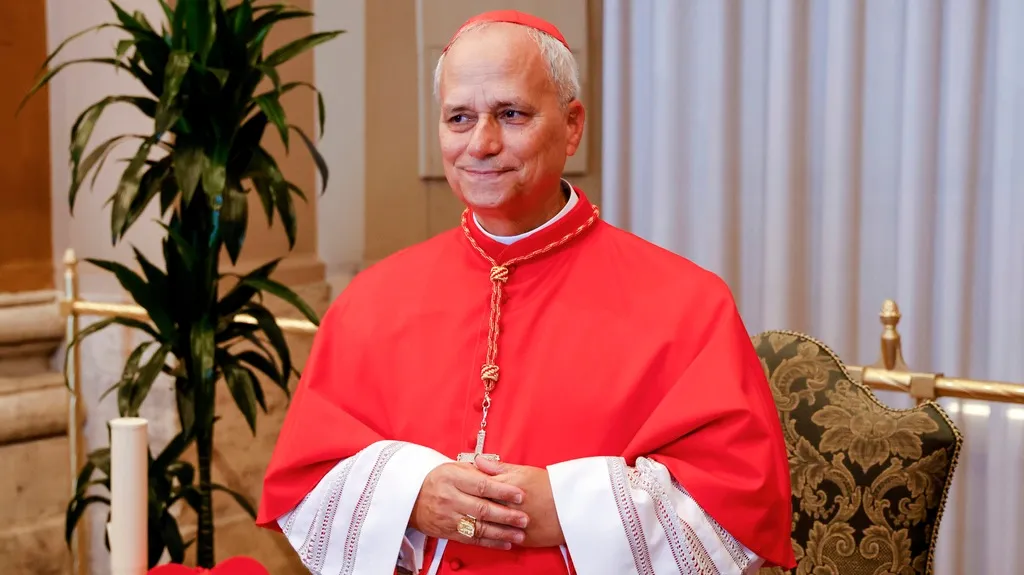May 3, 2016
Q&A: Puerto Rico's Debt Crisis Explained
Ken Sweet READ TIME: 4 MIN.
Puerto Rico's debt crisis has reached a new level, with the island's governor saying Puerto Rico will not pay most of its $470 million in debt payments due by Monday.
Island officials spent the weekend trying to negotiate a settlement that would have avoided the default. The development comes as Congress has so far been unable to pass a debt restructuring bill for Puerto Rico.
"Let me be very clear, this was a painful decision," Gov. Alejandro Garcia Padilla said in a speech Sunday. He added that the government could not make the payment without sacrificing basic necessities for the island's 3.5 million residents, including keeping schools and public hospitals open.
This default is by far the largest by Puerto Rico, who has been struggling under the weight of $72 billion in debt that its officials say it cannot pay. Puerto Rico expects multiple lawsuits to be filed shortly after Monday's default.
Here's a breakdown of what has already happened to Puerto Rico and why it matters to individual investors.
HOW DID PUERTO RICO GET INTO THIS MESS?
Puerto Rico has been in an economic recession for roughly 10 years, caused by several factors. Manufacturing jobs started leaving the territory after certain tax credits, officially known as Section 936, expired. The global economic downturn that started in 2007 only compounded the negative impacts on Puerto Rico.
As a result, the territory's unemployment rate is 12.2 percent, more than double the 5 percent unemployment rate for the U.S. Its poverty rates are the highest in the nation. Residents have been leaving the territory in search of new economic opportunities.
To cover budget shortfalls, Puerto Rico's government started borrowing heavily from a mix of mutual funds and hedge funds, and its debt levels ballooned to $72 billion. Its debt levels have become so large that the government is unable to pay its debts and provide basic government services. Roughly a third of Puerto Rican tax revenue now goes to cover its debt.
WHY WOULD INVESTORS LEND SO MUCH MONEY TO THEM?
One reason is U.S. tax laws. Due to Puerto Rico's legal standing as a territory of the U.S., its bonds are considered exempt from income tax to residents of all 50 states. That made its bonds attractive to investors outside of Puerto Rico.
WHY CAN'T PUERTO RICO GO INTO BANKRUPTCY LIKE DETROIT?
Since Puerto Rico is not a state, it is unable to access what's known as Chapter 9 of the U.S. Bankruptcy Code. There are current bi-partisan discussions to change this in Congress, but the bill is currently stalled in committee.
SO PUERTO RICO HAS DEFAULTED BEFORE. WHY DO THESE DEFAULTS MATTER MORE?
As Puerto Rico took out more debt, it organized its bonds into increasingly complex vehicles that have a myriad of funding sources and legal structures. However, the debt tends to fall under two broad categories: bonds considered by investors to be constitutionally protected and those that are not.
The debt that Puerto Rico defaulted on earlier this year, roughly $37 million in bonds issued under the Puerto Rico Infrastructure Financing Authority, were considered low priority bonds by the government and not backed by the constitution. The bonds that Puerto Rico plans to default on May 1 are considered middle priority bonds, issued by a struggling entity known as the Government Development Bank.
The big issue is the bonds coming due this summer. Some of these bonds, due July 1, are considered what's known as general obligation bonds issued directly by Puerto Rico's government and are constitutionally protected. A default of general obligation bonds would be considered a more serious default by investors, and would likely result in Puerto Rico going into legal limbo.
AND WHY WOULD THAT BE BAD?
Once a default on the general obligation bonds were to occur and without the ability to go into bankruptcy, the only avenue investors will have to resolve their differences would be the courts, a process that could take years. Also a group of investors, mainly hedge funds, have bought up distressed Puerto Rican debt and are fighting to get higher pay outs that likely would not happen if Puerto Rico had access to the U.S. Bankruptcy Courts.
Remaining in legal and financial limbo would likely push the island's economy into even steeper economic turmoil. The courts could also rule that Puerto Rico is legally obligated to pay all its bonds, despite being unable to make ends meet, forcing the government to cut basic services.
WHAT IS CONGRESS DOING TO HELP?
The bill currently in discussion would create a board to help manage the island's debt and to oversee some restructuring. House Speaker Paul Ryan has said he is staunchly opposed to a bailout, but also said the U.S. could ultimately be responsible if Congress doesn't act soon to prevent further problems.
IS MY BOND PORTFOLIO AT RISK?
Most bond funds have already sold their Puerto Rican debt, and it's now mostly owned by hedge funds. But there are two mutual fund companies who still own parts of the commonwealth's debts: Oppenheimer Funds and Franklin Templeton. Oppenheimer has exposure to Puerto Rican debt through its Rochester line of funds and Franklin Templeton has most of its exposure in one fund in particular, its Franklin Double Tax-Free Income Fund. Investors who own those mutual funds should talk with a wealth adviser.
____
Associated Press writer Mary Clare Jalonick contributed to this story from Washington, D.C. Ben Fox contributed to this story from Miami.





